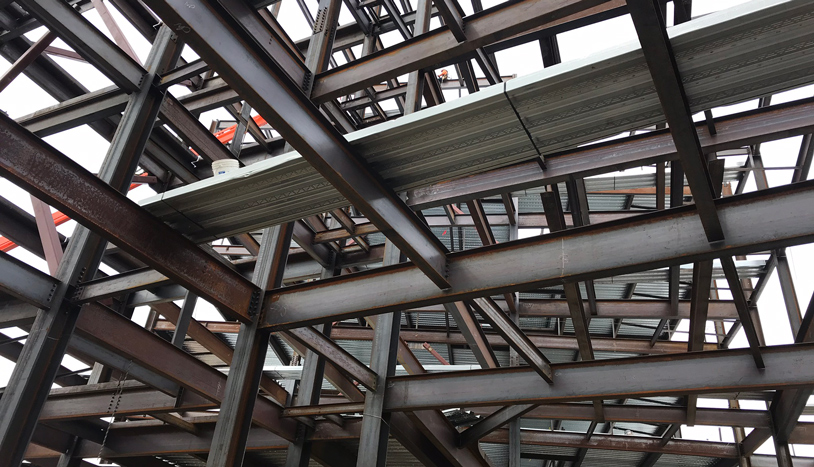Like many industries, steel experienced significant turbulence during the pandemic—primarily driven by unprecedented demand. The surge in demand for steel products, including joists, decks, and beams, significantly stressed production and fabrication capacity. The industry’s ability to quickly adapt to market demands was hindered by the sheer volume of requests, making it difficult to meet pre-pandemic project timelines.
However, steel’s inherent advantages, such as its applicability to various types of designs and its relatively stable pricing, provided some relief. Relationships also make a difference, says David Hamilton, director of strategic sourcing at STO Building Group. “The partnerships we had formed with manufacturers well before the pandemic have helped us stay on top of demand during and since. We also explored options with some of our large clients that help us leverage our buying power to their benefit,” he says.
As the global economy began to recover, the steel industry caught up. Beam mills, which had experienced delays, have now returned to their standard 4-to-8-week production cycles.
Similarly, the availability of joists has improved to a 12-to-16-week turnaround, aligning with the typical project lifecycle.

Today, the steel market is experiencing a period of relative stability—and expecting a boom to come. “Designers have been busy since the pandemic, but construction has slowed in part due to high interest rates. We’re anticipating when these projects will actually start breaking ground,” says Kimberley Olson, director of construction solutions at Nucor.
According to Olson, Nucor has invested heavily in U.S. operations, focusing on new construction products and developing higher-strength materials that facilitate faster and more efficient construction. “We are partners with the construction industry. Together, we’re finding new and better ways to build and pushing the entire construction industry forward,” she says.
